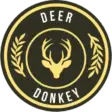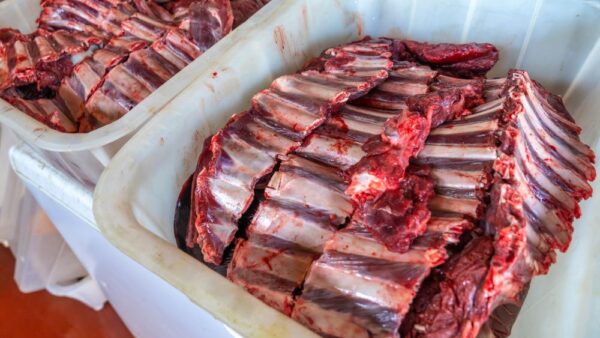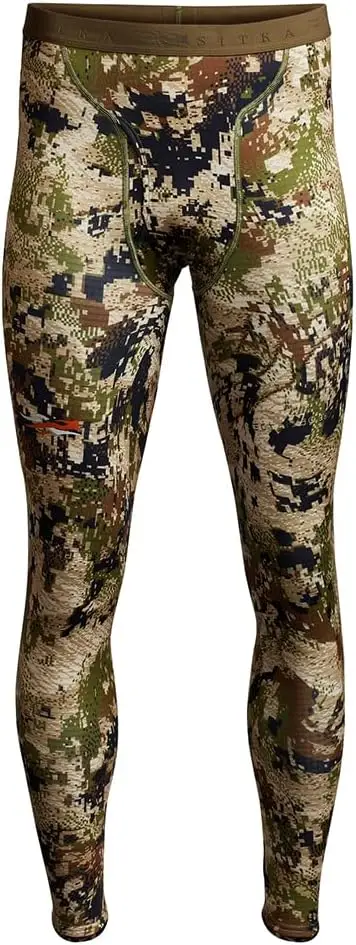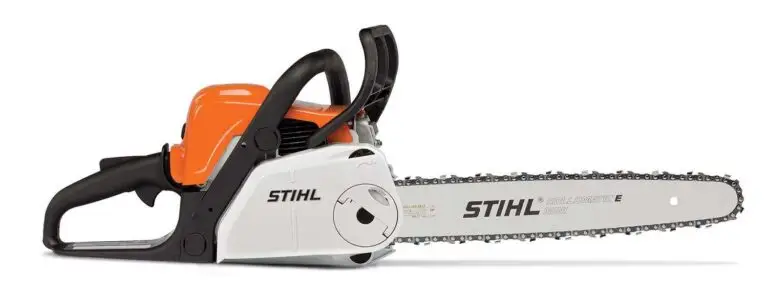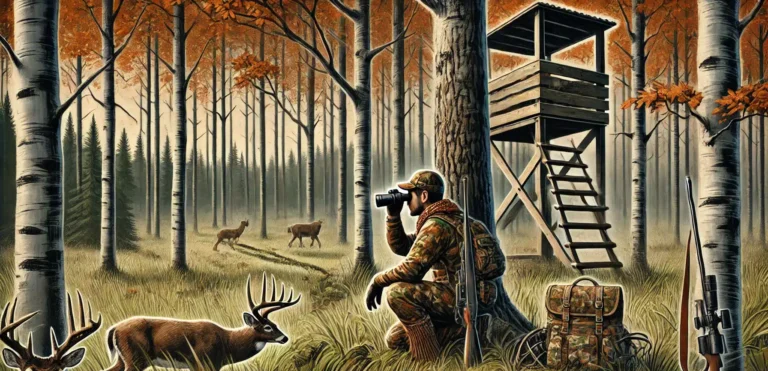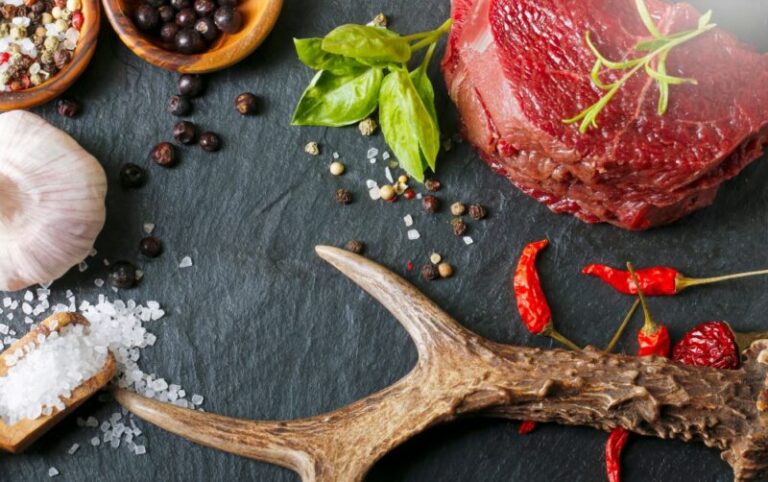Have you ever heard the term “zombie deer” and wondered what it could mean? Well, my curious friend, get ready to delve into the eerie world of these undead-like creatures.
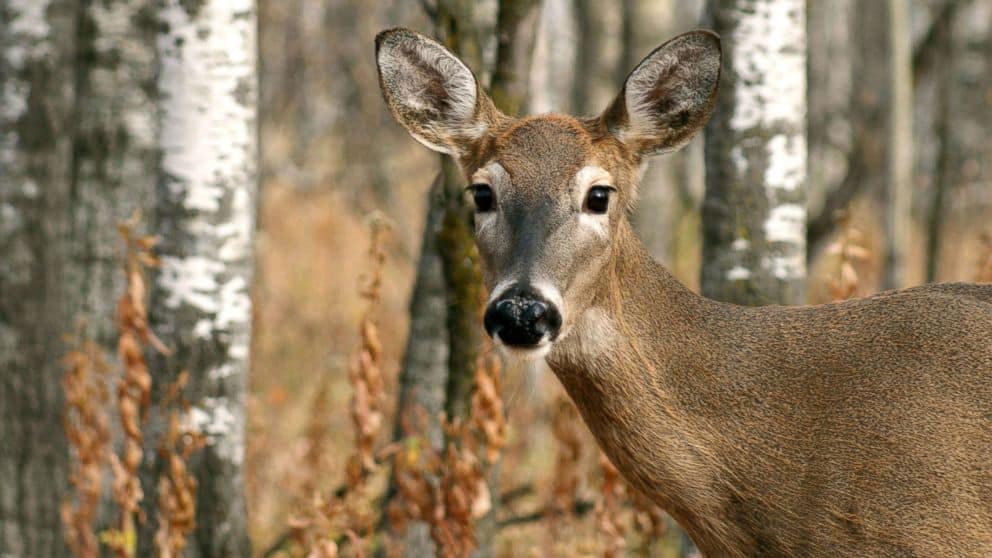
When we talk about zombie deer, we’re referring to a severe and concerning disease known as Chronic Wasting Disease (CWD). Unlike your typical movie zombies craving brains, these afflicted animals exhibit disturbing symptoms that have earned them this haunting nickname.
A Frightening Disease: Chronic Wasting Disease (CWD)
Let’s take a closer look at Chronic Wasting Disease—also known as CWD—the scientific name for this puzzling condition plaguing our beloved deer populations. CWD is a neurodegenerative disease that affects members of the deer family, including white-tailed Deer, mule deer, elk, and moose.
It was first identified in captive mule deer in the 1960s in Colorado and later spread like wildfire among wild populations across North America.
The Alarming Spread and Impact of CWD
You might be wondering just how significant this issue is. Well, brace yourself for some shocking statistics.
Since its discovery, CWD has been rapidly increasing its grip on our majestic wildlife. It has been reported in over 25 US states and several Canadian provinces.
This alarming spread has led experts to call it an epidemic among cervids—a term encompassing all members of the deer family. The impact on our dear deers (pun intended) cannot be underestimated either.
As CWD progresses within infected populations, it causes severe neurological damage, leading to behavioral changes reminiscent of fictional zombies. Moreover, grave concerns about the long-term implications for wildlife conservation efforts and ecosystems exist.
Symptoms and Characteristics
Before we delve deeper into the transmission and control measures, let’s pause to examine the eerie symptoms and characteristics exhibited by these unfortunate “zombie” creatures. Infected Deer display many distressing signs that set them apart from their healthy counterparts.
One of the most notable changes is their altered behavior; they become less fearful and disoriented and exhibit repetitive movements as if trapped in an unending loop. But it doesn’t stop there.
Physically, infected Deer may suffer from drastic weight loss, excessive thirst, drooling, and an unfocused gaze in their eyes. These symptoms make it evident why people coined them “zombie deer.” It’s like witnessing Mother Nature’s twisted horror story unfolding right before our eyes.
The Origins of Zombie Deer
As we explore this peculiar phenomenon further, it’s crucial to understand where CWD originated. The first documented case of CWD was among captive mule deer in Colorado during the 1960s. It was a perplexing discovery that initially puzzled scientists.
Little did they know that this disease would spread beyond captive environments and infiltrate wild populations across North America with such devastating effects. The journey of CWD from those fenced enclosures to expansive forests speaks volumes about its tenacity and adaptability—a testament to how nature can sometimes unleash unforeseen horrors upon her creations.
Understanding Chronic Wasting Disease (CWD)

The Enigma Unveiled: What is CWD and How Does it Affect Deer?
When it comes to the mysterious phenomenon of zombie deer, it’s crucial to grasp the insidious nature of Chronic Wasting Disease (CWD) and its devastating impact on these majestic creatures. CWD is a progressive neurodegenerative disorder that affects members of the deer family, including white-tailed Deer, mule deer, elk, and moose.
It primarily attacks their brains, causing abnormal protein buildup that leads to cell death and irreversible damage. Picture a sinister army marching through the minds of these unsuspecting animals.
The consequences for infected individuals are severe. Deer suffering from CWD exhibit behavioral changes such as decreased fear response, disorientation, and excessive drooling—leaving them vulnerable and easy prey for predators.
As the disease advances, affected individuals experience emaciation due to weight loss and develop a voracious thirst that cannot be quenched. These symptoms wreak havoc on their physical well-being and disrupt their ability to find food or interact normally with their social groups.
First Identification of Captive Mule Deer in Colorado
The discovery of CWD reads like an eerie chapter in a horror novel—one that began decades ago in Colorado’s picturesque landscapes. In the 1960s, researchers first identified this enigmatic disease among captive mule deer held within wildlife facilities.
Initially perplexed by the sudden decline in health among these animals—marked by drastic weight loss and behavioral abnormalities—scientists embarked on an investigation that would unlock a chilling truth. Laboratory analysis revealed microscopic changes within the brains of afflicted mule deer—a clue indicative of an unknown sickness lurking beneath the surface.
This groundbreaking finding led them to dub this affliction “Chronic Wasting Disease,” a name that would forever be etched in the annals of scientific history. Little did they know that this discovery was just the tip of the iceberg as CWD began its relentless march across North America.
Subsequent Spread to Wild Populations
Following its initial identification, CWD launched an unrelenting assault on wild deer populations across the continent, leaving a trail of infected and decimated herds in its wake. It stealthily infiltrated neighboring states from Colorado’s rugged mountains and spilled over into far-flung regions.
In what seemed like an eerie game of hide-and-seek, it established footholds in Wyoming, Wisconsin, Montana, and beyond—its spread proving as relentless as a tidal wave. Today, CWD has reached epidemic proportions across many parts of North America.
Its tendrils have ensnared white-tailed deer populations from Alberta to Texas and elk herds from Saskatchewan to New Mexico. This harrowing disease knows no boundaries; it preys upon Deer wherever they roam.
As we witness its ever-widening reach, it becomes painfully evident that unraveling this sinister mystery is not only urgent but vital for the future survival of these iconic creatures.
Symptoms and Characteristics of Zombie Deer
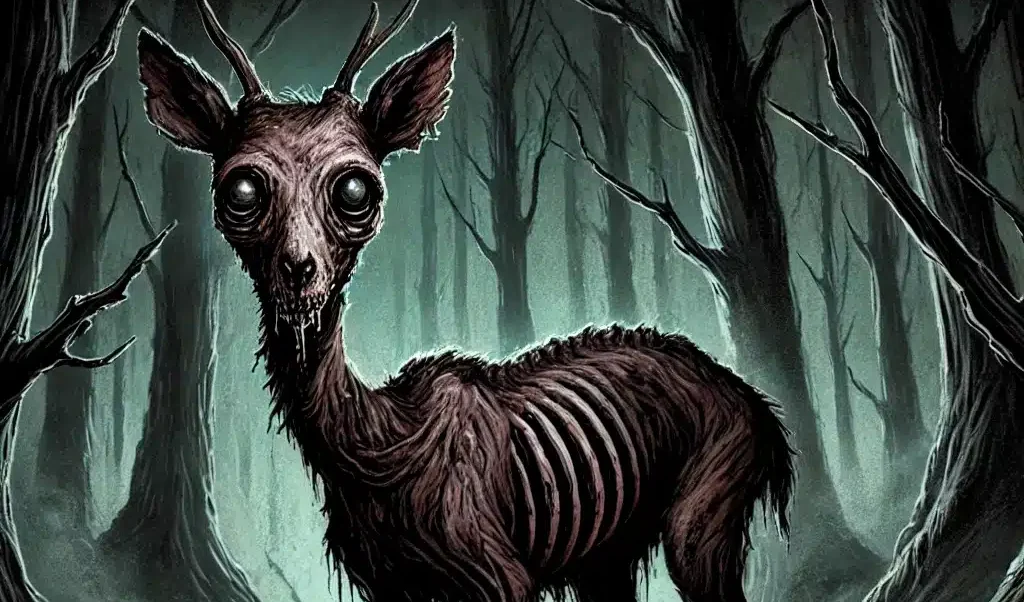
The Haunting Transformation
The visible signs of their affliction regarding zombie deer are hard to miss. These unfortunate creatures undergo a haunting transformation as if plucked straight from the pages of a grim fairy tale.
One of the most striking symptoms observed in infected Deer is their altered behavior. Once social and cautious creatures, they become eerily fearless and disoriented, stumbling through their once-familiar territories with confusion etched upon their faces.
A Fearless Wanderlust
Imagine encountering a majestic buck that no longer heeds the warnings of danger, its once-vigilant nature replaced by an unsettling lack of fear. This is one of the chilling behavioral changes that characterize zombie deer syndrome.
Affected animals may exhibit odd behaviors like approaching humans or vehicles without hesitation, seemingly oblivious to potential threats lurking nearby. Their diminished sense of self-preservation is undoubtedly one of the most unnerving aspects of this disease.
A Withering Frame
In addition to these behavioral transformations, physical symptoms manifest in infected Deer. One notable sign is weight loss—a gradual wasting away that gives these animals an emaciated appearance resembling skeletal figures from macabre tales. Their once-proud frames become gaunt as muscle mass diminishes over time.
Drooling Dread
Picture this: a deer with drool dripping from its mouth, forming ghastly trails reminiscent of tears shed in despair. Drooling is another striking symptom observed in afflicted individuals. The excessive salivation becomes evident as it drips relentlessly onto the ground below, leaving eerie trails behind them as they roam through their forested domains.
An Unquenchable Thirst
As if drooling weren’t alarming enough, zombie deer also suffer from intense thirst. Their bodies crave moisture incessantly, leading to desperate attempts to find water sources.
They may wander to creeks, rivers, or even urban areas to relieve their insatiable thirst, which consumes them from within. Witnessing these once graceful creatures driven to desperation by their unquenchable need for hydration is a pitiful sight.
As we delve into the symptoms and characteristics of zombie deer syndrome, it becomes clear that these animals endure a harrowing transformation. Their behavior is altered in ways that challenge our understanding of the natural world, as fear gives way to reckless abandon and confusion reigns supreme.
Alongside these behavioral changes lie physical manifestations that are equally disturbing—weight loss transforming their once-majestic frames into haunting remnants of themselves, drooling serving as a macabre testament to their suffering, and an unrelenting thirst driving them towards unsuitable habitats in search of elusive respite.
Next time you step into the woods or catch a glimpse of Deer grazing on the outskirts of your town, remember the haunting plight faced by zombie deer.
There are lessons hidden within their struggle—reminders that unseen forces can disrupt nature’s balance. Let us strive to understand and combat this affliction for the sake of both these magnificent creatures and the delicate ecosystems they inhabit.
Transmission and Spread of CWD
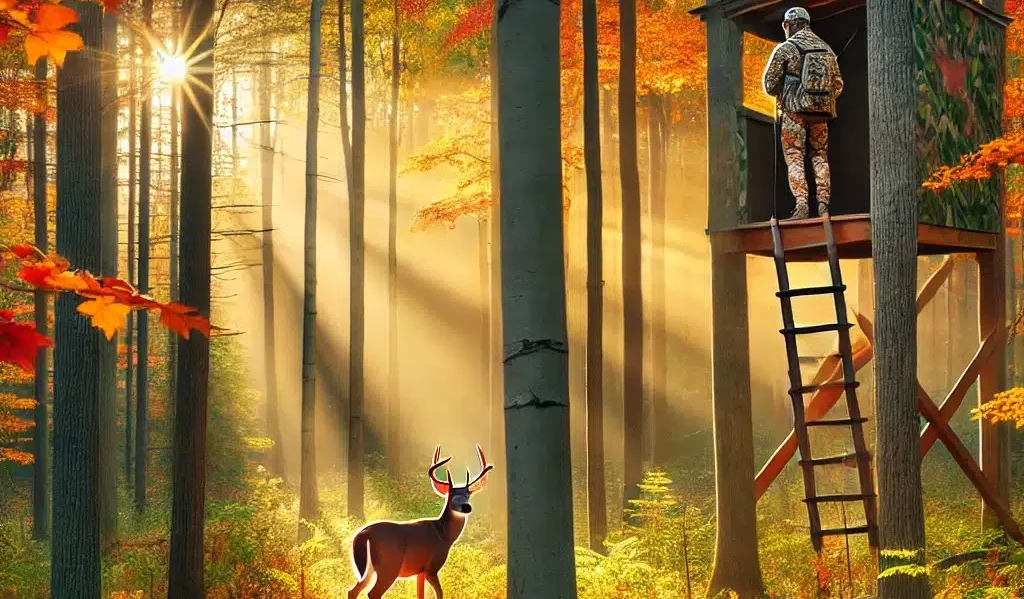
How Does CWD Spread Among Deer Populations?
CWD, or Chronic Wasting Disease, is a relentless and insidious ailment that spreads among deer populations through various means. Understanding the transmission routes is crucial in comprehending the rapid expansion of this debilitating zombie-like affliction.
Direct Transmission: Saliva, Urine, Feces, and Carcasses
Direct transmission plays a significant role in the spread of CWD. Infected animals shed the infectious prions responsible for the disease through bodily fluids like saliva, urine, and feces. When healthy Deer come into contact with contaminated surfaces or consume contaminated food sources, they become vulnerable to infection.
Imagine two d eer grazing together in a serene meadow. One infected with CWD unknowingly distributes saliva while licking its fur.
The other deer graze on vegetation coated with these infectious prions. CWD finds another host to perpetuate its disturbing saga in this simple yet unfortunate interaction.
Furthermore, carcasses of infected Deer can act as contagious reservoirs for CWD. When scavengers like coyotes or birds feast on these remains or when other herbivores inadvertently come into contact with them, they unknowingly expose themselves to this horrifying disease.
Indirect Transmission: Contaminated Environments and Food Sources
Indirect transmission also contributes significantly to the widespread dissemination of CWD among deer populations. Once prions contaminate an environment—such as soil or water—they can remain active for years, posing an ongoing threat to unsuspecting animals who frequent these areas. Consider a scenario where infected Deer frequently visit a specific watering hole.
As they drink and leave behind traces of their saliva containing the infectious prions in the surrounding soil and water sources, healthy individuals become susceptible each time they approach hydration. Additionally, contaminated food sources pose a significant risk.
Deer are herbivores, relying on plants and other vegetation for food. When they feed on foliage from areas where infected Deer have grazed, they unknowingly consume prion-laden material, further perpetuating the transmission cycle.
In essence, direct and indirect transmission pathways facilitate the alarming expansion of CWD among deer populations. As these formidable mechanisms persist, it becomes increasingly challenging to contain and control the spread of this unnerving zombie-like disease.
Impact on Wildlife and Ecosystems
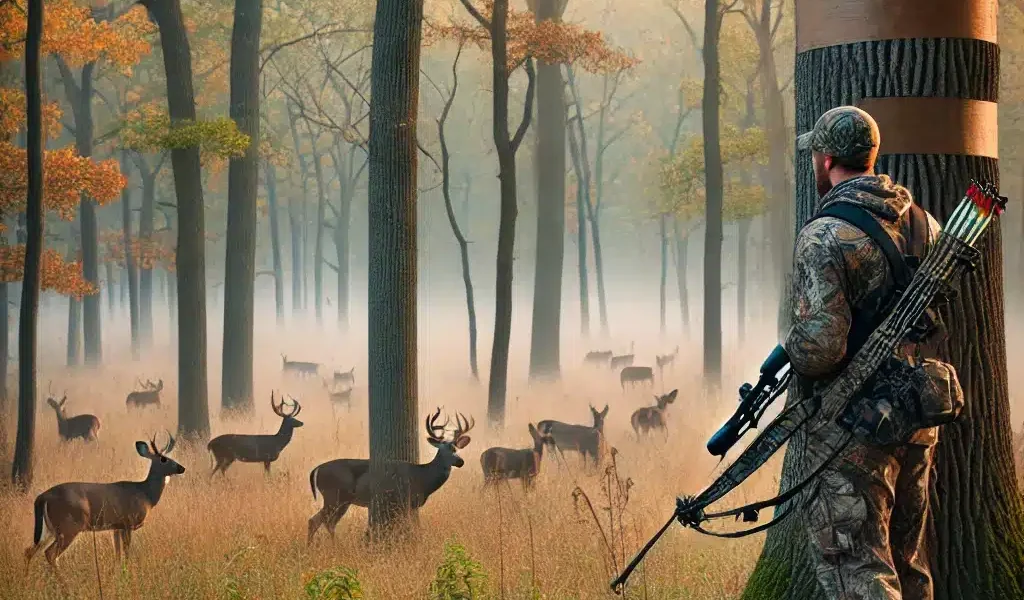
The Ecological Consequences of Zombie Deer Outbreaks
Ah, the delicate balance of nature, disrupted by the emergence of zombie deer. Chronic Wasting Disease (CWD) outbreaks have far-reaching impacts on wildlife and ecosystems. Let’s dive into the ecological consequences caused by these eerie occurrences.
Exploring Effects on Population Dynamics within Affected Areas
When zombie Deer take center stage, it’s not just about their survival or demise. The presence of CWD can wreak havoc on population dynamics within affected areas.
Picture this: a once-thriving herd plagued by infected individuals stumbling through the woods. The consequences are profound. Reduced Genetic Diversity Due to Selective Pressure from CWD:
Genetic diversity is one twirling thread in the intricate tapestry of life. Sadly, this thread is often frayed when zombie deer enter the scene.
Selective pressure from CWD favors certain genetic traits that may contribute to resistance or susceptibility to the disease. As a result, genetic diversity dwindles as only those who can withstand the infection survive and reproduce. Examining Potential Cascading Effects on Predator-Prey Relationships:
Nature thrives on a delicate dance between predator and prey, but when one player falters, it reverberates like an offbeat melody throughout the ecosystem. Zombie deer outbreaks disrupt this symphony, potentially having cascading effects on predator-prey relationships.
Imagine if deer populations decline drastically due to CWD; predators reliant on them for sustenance would suffer, too. This disruption could lead to imbalances in food chains and ripple through other species dependent upon these interactions.
A Call for Balance and Vigilance
The impact of zombie deer outbreaks extends far beyond their eerie appearance or head-turning behavior – it affects the very fabric of ecosystems. Wildlife managers, scientists, and communities must recognize the need for balance and vigilance in addressing this threat. By understanding the ecological consequences of CWD and its effects on population dynamics, we can better appreciate the importance of taking action to mitigate its spread.
So, let’s not just spectate from afar as zombie deer roam our lands; let’s actively work towards preserving biodiversity and restoring equilibrium within our delicate natural systems. The future health of wildlife populations and the overall resilience of ecosystems depend on our willingness to confront this unnerving issue head-on.
Control Measures and Research Efforts
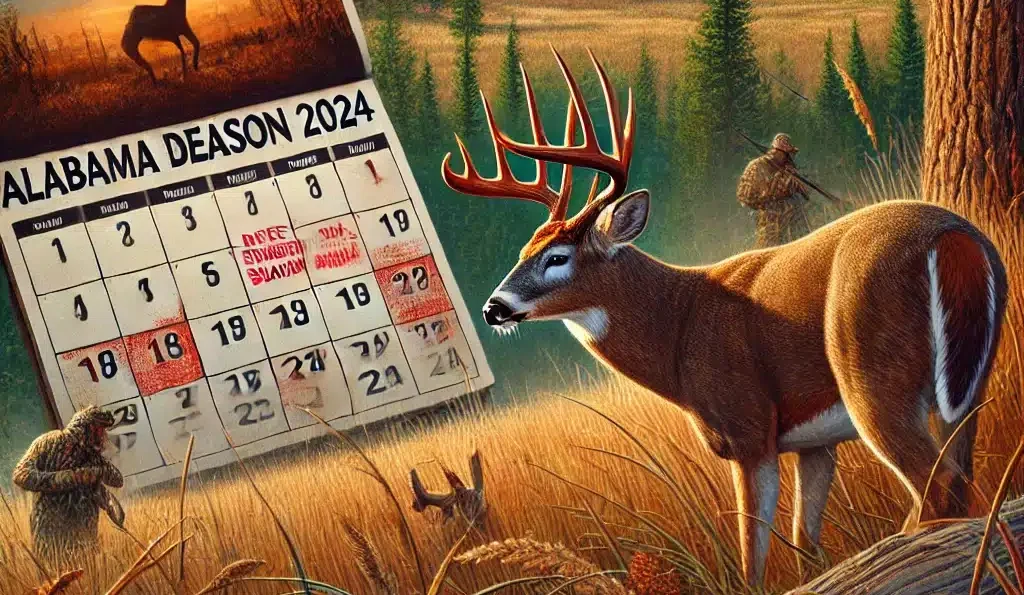
Tackling the Zombie Horde: Strategies to Combat CWD
Scientists and wildlife agencies have been working to implement various control measures when managing the Chronic Wasting Disease (CWD) outbreak among deer populations.
One essential approach is surveillance, which involves monitoring the spread of CWD by testing deer populations for the disease. Authorities can implement targeted management strategies to contain the outbreak by identifying infected areas.
Another essential tactic in controlling CWD is reducing deer densities in affected areas. This can be achieved through managed hunting programs or culling efforts, which aim to decrease the number of infected individuals and minimize transmission rates.
Additionally, some states have implemented regulations to limit the transportation of deer carcasses across regions or even banned feeding practices that could contribute to disease spread. Furthermore, research efforts are ongoing to understand CWD better and develop effective interventions.
Scientists are investigating potential vaccines or treatments for infected Deer. They are also studying how other species, such as elk and moose, may be affected by CWD and exploring methods to prevent cross-species transmission.
Key Components in Fighting CWD
Combating a complex issue like CWD requires collaboration among various stakeholders, including hunters, landowners, researchers, and government agencies. These groups can share valuable knowledge and resources for effectively managing outbreaks.
Public awareness campaigns also play a vital role in controlling the spread of CWD. Educating hunters about safe field dressing practices and encouraging them to submit harvested animals for testing helps gather crucial data on disease prevalence while minimizing risk factors associated with handling potentially infected carcasses.
FAQs
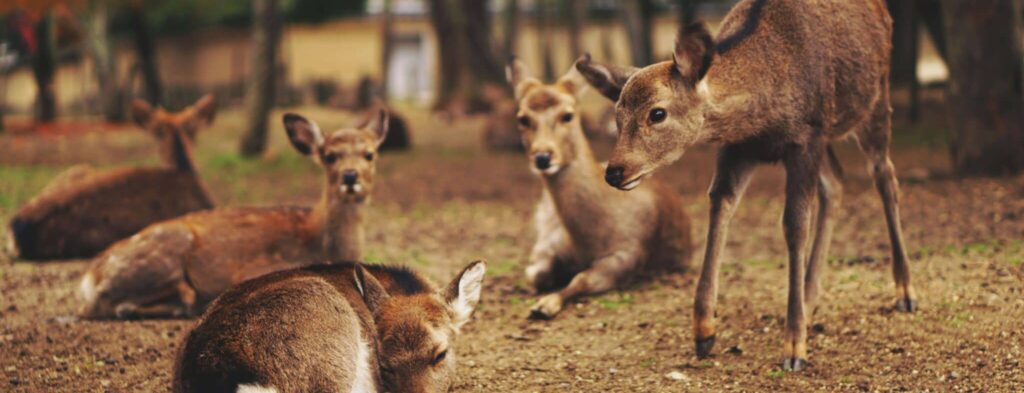
Q: What is EHD in deer?
A: EHD stands for Epizootic Hemorrhagic Disease, a viral disease affecting deer and impacting other ruminant animals such as elk. It is caused by the Epizootic Hemorrhagic Disease Virus (EHDV) and belongs to the family Reoviridae.
EHD primarily spreads through the bites of certain species of biting midges or gnats, which are small flying insects. The disease is more common in warm weather, particularly during late summer and early fall when these insect vectors are most active. EHD can cause symptoms such as fever, internal bleeding, and head, neck, and tongue swelling. Infected deer may exhibit weakness, lethargy, and loss of appetite and may even be found dead near water sources, as the disease can cause fever and dehydration.
It’s important to note that while the symptoms of EHD can be severe and alarming, most deer infected with the virus do not die from the disease. Some deer can develop immunity after surviving an EHD infection. However, in certain cases and specific areas, EHD outbreaks can lead to significant deer mortality, impacting local deer populations.
EHD is often a concern for hunters, wildlife enthusiasts, and conservationists, as it can influence deer populations and hunting opportunities. Management practices and monitoring efforts are often implemented to track the spread and impact of EHD outbreaks in affected areas.
Q: What is CWD in deer?
A: CWD stands for Chronic Wasting Disease, and it is a transmissible neurological disease that affects deer and other members of the deer family, including elk, moose, and reindeer. It belongs to a group of diseases called transmissible spongiform encephalopathies (TSEs), which are caused by abnormal proteins called prions.
CWD primarily affects infected animals’ brains and nervous systems, leading to progressive neurological symptoms. These symptoms include weight loss, stumbling, lack of coordination, drooling, excessive thirst, and behavioral changes. The disease gets its name from the characteristic wasting or thinning appearance that infected animals often exhibit.
CWD is a significant concern for wildlife management, as it can have serious ecological and economic impacts. The disease is contagious and can be transmitted through direct contact between infected and healthy animals and contaminated environments. Infected animals can shed prions in their saliva, urine, and feces, contaminating the environment and potentially spreading the disease to other animals.
There is currently no known cure or treatment for CWD, and it is often fatal for infected animals. Due to its potential for spreading rapidly within deer populations, CWD is closely monitored by wildlife agencies and researchers. Efforts are made to control its spread through surveillance, movement restrictions, culling infected animals, and implementing hunting regulations in affected areas.
CWD also raises concerns for human health, as there is evidence that some other prion diseases can jump species barriers. As of my last update in September 2021, there is no definitive evidence that CWD can infect humans, but authorities recommend caution and avoiding meat consumption from infected animals. It’s important to stay updated with information from reliable sources as research on CWD continues.
Q: What does CWD look like in deer meat?
A: Chronic Wasting Disease (CWD) primarily affects the neurological system of deer and other cervids, which include species like deer, elk, and moose. The disease is caused by abnormal proteins called prions and can have serious ecological and economic implications. While CWD mainly affects the nervous system, it does not typically cause visible or distinctive changes in the meat of infected deer.
CWD prions are primarily found in nervous tissues like the brain, spinal cord, eyes, and lymph nodes. As a result, the risk of prion contamination is higher in these tissues compared to muscle meat. Generally, the muscle meat of a deer infected with CWD is safe for human consumption. However, it’s recommended to take certain precautions to minimize the potential risk:
Avoid High-Risk Tissues: To reduce the risk of prion exposure, it’s recommended to avoid consuming brain, spinal cord, eyes, and lymph nodes from deer. These tissues can harbor higher concentrations of prions.
Trim Fat and Butcher Properly: When processing the meat, trim excess fat and connective tissue, as prions can accumulate in these areas.
Cook Thoroughly: Cooking meat to a safe temperature can help inactivate prions. The USDA recommends cooking venison to an internal temperature of at least 160°F (71°C).
Do Not Harvest Sick Deer: If a deer appears visibly sick or emaciated, it’s best to avoid harvesting it for consumption. This applies not only to CWD but also to other potential diseases.
Follow Guidelines: It’s important to follow local wildlife management guidelines and regulations regarding the handling, testing, and consumption of deer, especially in areas where CWD is present.
As of my last update in September 2021, there is no conclusive evidence that CWD can be transmitted to humans who consume infected meat. However, due to the potential risk and the uncertainty surrounding prion diseases, some health authorities recommend taking precautions when consuming deer meat from areas with CWD-infected animals. Always stay informed by checking with local health and wildlife agencies for the most up-to-date information and guidelines regarding CWD and its potential implications for human health.
Q: What eats a deer?
A: Deer are prey animals and are consumed by a variety of predators in different ecosystems. The predators that eat deer vary depending on the region and the type of deer species. Some of the common predators that hunt and eat deer include:
Wolves: Wolves are known to be skilled predators of deer, particularly in areas where both species coexist. They hunt deer in packs and can take down larger prey, including adult deer.
Cougars/Mountain Lions: These large felines are solitary predators that can take down deer, especially in areas where their ranges overlap. They often stalk and ambush their prey.
Bears: Bears, particularly grizzly and black bears, have been observed preying on deer. They may target more vulnerable deer fawns.
Coyotes: Coyotes are opportunistic predators that may target deer, especially weak, sick, or young individuals. While they usually target smaller prey, they can work in groups to take down larger animals.
Bobcats: These smaller felines are skilled hunters and can prey on deer, particularly fawns or smaller individuals.
Alligators: In some southern regions, alligators have been known to prey on deer that venture too close to bodies of water.
Golden Eagles and Bald Eagles: Large raptors such as eagles have been observed hunting and scavenging deer carcasses.
Humans: While not natural predators in the traditional sense, humans are also known to hunt and consume deer as a food source.
It’s important to note that these predators’ prevalence and interactions with deer can vary based on factors like geography, habitat, and deer population density. Additionally, some species of deer, such as the white-tailed deer, have developed strategies to avoid predators through behaviors like vigilance, fleeing, and seeking cover.
Q: What happens if you hit a deer and don’t call the police?
A: If you hit a deer with your vehicle and choose not to call the police, the exact course of action may vary depending on your location, local laws, and circumstances. Here are some general steps to consider if you hit a deer and opt not to call the police:
Check for Safety: Ensure your safety and the safety of other drivers. Pull over to the side of the road, turn on your hazard lights, and assess the damage to your vehicle.
Assess Vehicle Damage: Examine your vehicle for any damage caused by the collision. Hitting a deer can result in significant damage, particularly to the front of the vehicle.
Check for Injuries: If anyone in your vehicle is injured, call emergency services (such as an ambulance) immediately, even if you choose not to involve the police.
Move the Deer: If the deer is still alive but injured, you may want to call local animal control or a wildlife agency to report the situation and get guidance on handling it. In some cases, authorities may advise euthanizing the deer to alleviate its suffering if the deer is severely injured and suffering.
Notify Insurance: If your vehicle has sustained damage, you should contact your insurance company to report the incident. Some insurance policies may cover damage caused by collisions with animals.
Document the Incident: Documenting the incident for insurance is a good idea. Take photos of the scene, your vehicle, and any damage caused by the collision.
Follow Local Laws: Depending on your location, laws or regulations may require you to report collisions involving wildlife to local authorities. These laws are often in place to help track animal populations and ensure road safety.
Dispose of the Deer: Local authorities may handle its removal if the deer is deceased and poses a hazard to other drivers. The owner may be responsible for its disposal if the deer is on private property.
It’s important to note that while involving the police may not be required in all situations; it’s generally a good practice to report collisions with deer to local authorities. Reporting such incidents can help wildlife agencies track animal populations, monitor the prevalence of diseases like CWD, and make informed decisions about conservation and road safety measures. Always follow the laws and regulations of your specific location and consult local authorities or animal control if you’re uncertain about the appropriate steps to take.
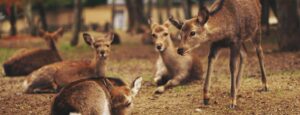
Conclusion
In the face of zombie-like deer outbreaks caused by Chronic Wasting Disease (CWD), scientists and wildlife agencies have not shied away from the challenge. With increased surveillance, targeted control measures, and ongoing research efforts, there is reason to be hopeful in the fight against CWD.
By implementing strategies to reduce deer densities in infected areas and restricting the transportation of carcasses, authorities are taking proactive steps to contain the spread of CWD. Furthermore, collaborations among stakeholders and public awareness campaigns foster a collective effort to recognize the importance of managing this disease.
Though the battle against zombie deer is far from over, science and determination give us reasons to remain optimistic for a future where these eerie sights become nothing more than a distant memory. Through continued research and diligent efforts, we can strive towards healthier wildlife populations and secure ecosystems for generations to come.
